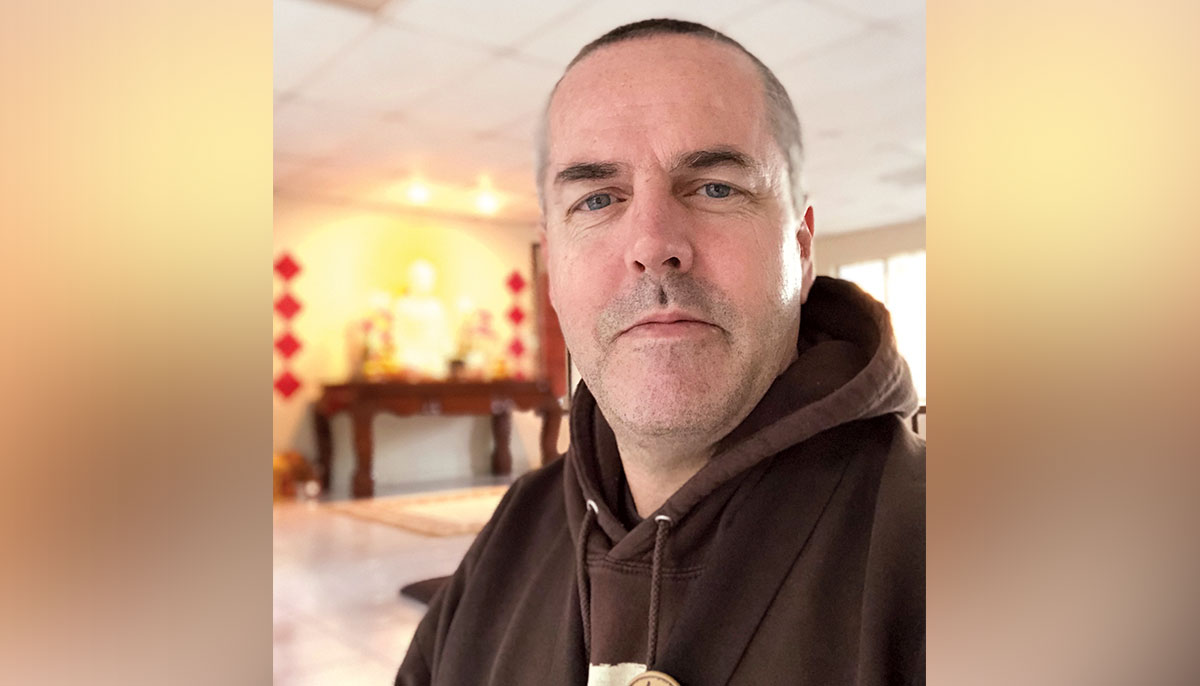Buddha, dharma, and sangha are three precious jewels in Buddhism. According to Thich Nhat Hanh, “The most important of these is sangha.”
For many years, the Zen master has taught that “it is probable that the next buddha will not take the form of an individual. The next buddha may take the form of a community, a community practicing understanding and loving-kindness, a community practicing mindful living.”
This aspiration gives Buddhists something to aim for in coming years. Here are three things we need to re-examine to help create such a community of mindful living.
Economics of Practice
First, we need to rethink the economics of practice. Transforming the cost of community and practice will be a key ingredient for the future buddha.
Much of the sangha presence today is focused on retreats, residential communities (both monastic and lay), and groups that meet regularly in cities and towns across America.
Regional and low-cost retreats do exist, but people in many parts of North America have to travel great distances to attend. In my community, I often hear from people in middle America and the South who need support and teachers to guide their practice, but the cost can be high if they wish to attend retreats or to live in residential communities. This is more than the actual price of the retreat. They must have the ability to travel and to bear the burden of missing work, family obligations, or school. The cost of sangha favors the privileged.
Supporting practitioners online is one option, but that can only take us so far. Teachers have to be willing to travel more and go online to be available to students throughout the year. Regularly bringing retreats to local communities, no matter how small, will seed these communities with practitioners to help them grow.
Exploring alternative lengths of retreats that are compatible with work schedules and family obligations will allow more people to participate. And the actual cost of participation must be reduced, while still making sure that expenses such as facilities, travel, and teacher compensation are covered.
Many retreats already offer sliding scales for participation, but sometimes this is still too costly. Perhaps the stronger practice centers can help cover costs in smaller communities until they are self-sustaining.
Locality of Practice
If we want to build communities of mindful living, then we also need to rethink the locality of practice.
When I was growing up in Fresno, California, my neighborhood contained at least a dozen families with similar religious leanings. We chose to become a community. We learned to support each other in times of need and we built relationships that have lasted a lifetime. Our very existence invited others to step into the community and find a home in the neighborhood.
This type of locality, spaces where we can gather and support each other right in our neighborhoods, is the second ingredient of the future buddha.
In the Plum Village community, small clusters of people have begun to move into areas close to one of our practice centers. This is a first step, creating the opportunity for people to meet and share together. This is particularly beneficial for families. Having been householders for more than twenty years, my partner and I wanted our children to participate in and enjoy the practice. It’s not something we push on them. We simply expose them to sitting, walking, and living the noble eightfold path.
It’s also important to make a special effort to welcome LGBTQ+, indigenous, and people of color into the community, and to bring them into leadership roles more quickly than middle-class, white students have been brought in historically. It is heartening to see some of this is already taking place and I am hopeful it will continue into the future.
Silos of Practice
If we want communities of mindful living, then we need to rethink the silos of practice.
In 2013, I participated in the second Gen-X Dharma Teachers Sangha Gathering. One of the most exciting aspects of these gatherings is that the participating teachers represent traditions and lineages across the Theravada, Mahayana, Vajrayana, and Ekayana vehicles.
We need more of this type of work! Buddhism remains one of the smallest religions in the United States, with fewer than 2 percent of Americans identifying as Buddhist. Even within this small percentage, there are dozens of variations and lineages coexisting in the same towns and cities. Cross-lineage connections are the third ingredient of the future buddha.
Do you know the other Buddhist groups in your community? Have you made an effort to connect and collaborate on community-building activities? I must confess that in my small town of Ojai, California, there are Buddhist groups I have not made an effort to connect with. It’s almost embarrassing that in a town of eight thousand, we don’t know each other.
It is possible to move beyond simple sitting groups that meet weekly to working on environmental, social, and justice issues together. Perhaps we could create cross-lineage weekend retreats co-facilitated by teachers from the different communities. We could also make our presence known in city events. These are steps we can take to get to know each other and share support across the greater Buddhist community.

